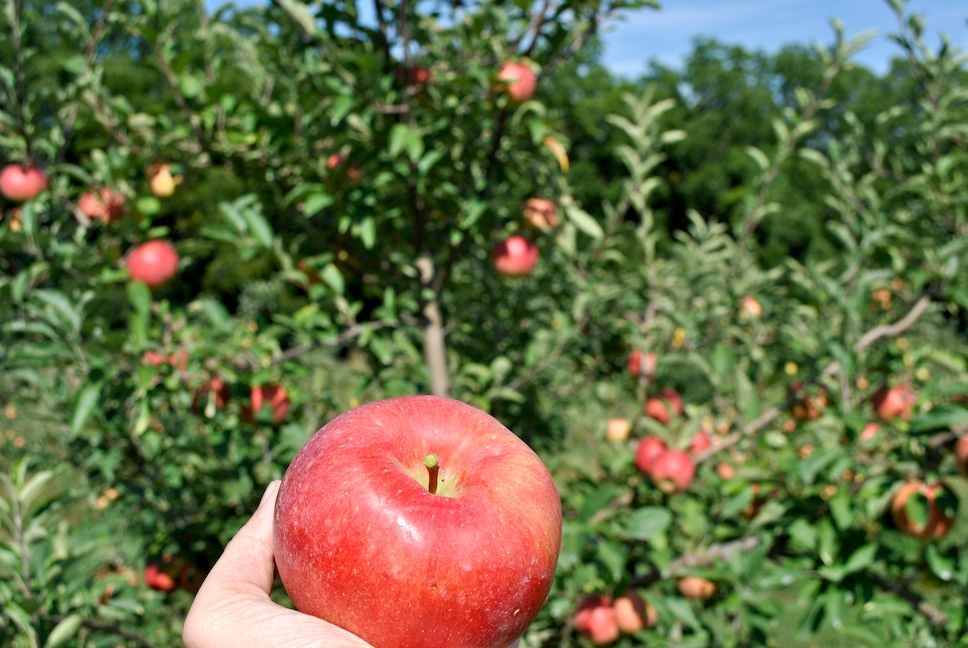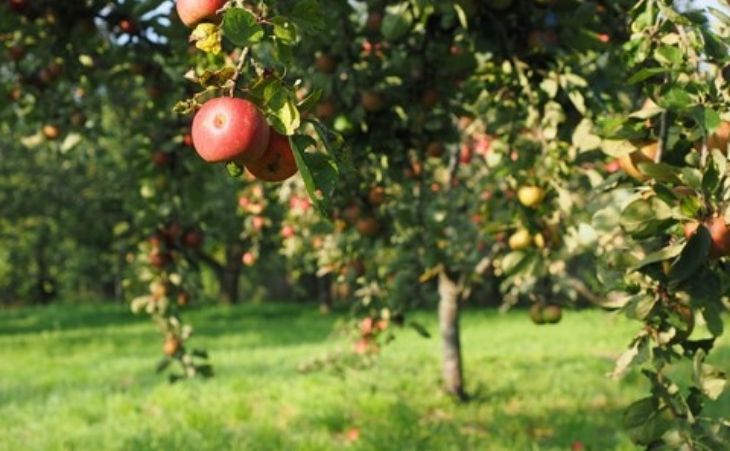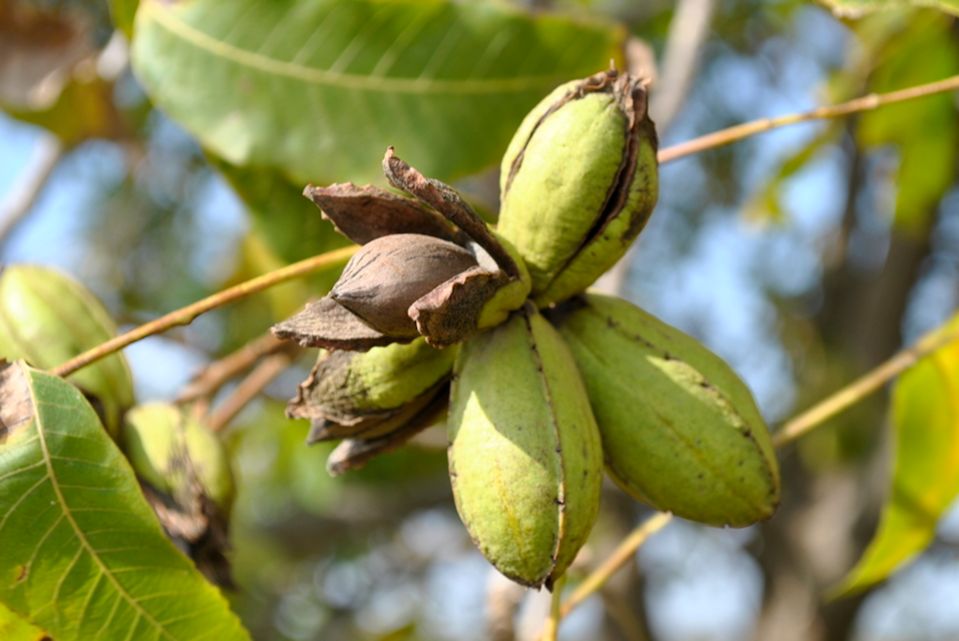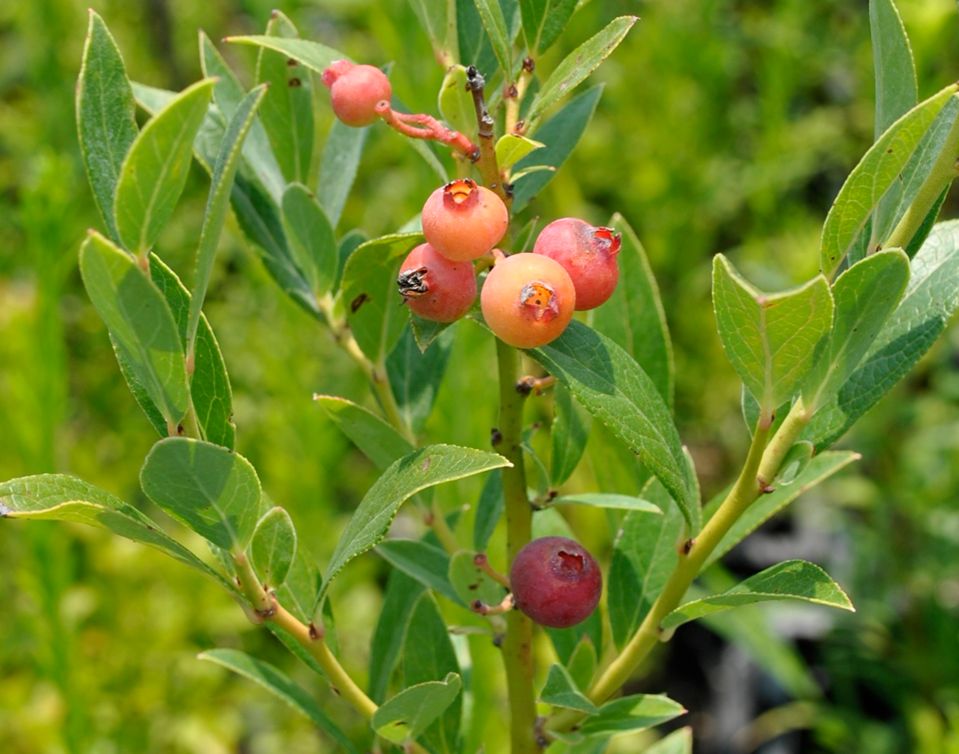Fruit Trees: Years to Fruit

There's an old proverb that says, "The best time to plant a tree was 20 years ago. The second best time is now."
In a culture that is accustomed to instant gratification, the natural process of growing fruit trees may seem like an eternity. However, any gardener will remind you that anything worth doing is worth waiting for. So, on average, how long is it before you should expect to see fruit from your newly planted trees? Take a look.
Stark Bro's Fruit Trees – Average Time Until Your First Harvest
Stark Bro's Trees are 1-2 years old when shipped. "Years to Fruit" begins counting after the trees are transplanted into your growing space.
| Fruit Tree Type | Years to Bear |
| Apple Trees | 2-5 years |
| Apricot Trees | 2-5 years |
| Avacado Trees | 3-4 years |
| Banana Plants | 2-3 years |
| Sour Cherry Trees | 3-5 years |
| Sweet Cherry Trees | 4-7 years |
| Citrus Trees | 1-2 years |
| Fig Trees | 1-2 years |
| Mulberry Trees | 2-3 years |
| Nectarine Trees | 2-4 years |
| Olive Trees | 2-3 years |
| Pawpaw Trees | 5-7 years |
| Peach Trees | 2-4 years |
| Pear Trees | 4-6 years |
| Persimmon Trees | 3-4 years |
| Plum Trees | 3-6 years |
| Pomegranate Trees | 2-3 years |
Considerations & Tips When Choosing A Fruit Tree
When considering how soon to expect your first harvest, another aspect to keep in mind is the mature size of your tree. Dwarf and columnar fruit trees tend to start producing sooner than semi-dwarf trees, with standard trees taking the longest. However, the trade-off is a longer life span in semi-dwarf and standard trees.
At Stark Bro's we like to recommend planting a variety of fruits of different sizes. Try planting a few dwarf trees for a timely harvest, that way you can find the flavors you enjoy most! Then go on to plant your favorites in semi-dwarf or standard for a legacy to leave behind.
You will find that fruit trees like apples, apricots, nectarines, and peaches are the most viable solutions for short-term homeowners, increasing property value and a treat to leave for the next occupants! Those who can grow citrus trees comfortably, well, you've got it good — fresh-squeezed orange juice in the morning and lemonade in the summer! For colder-zoned folks, citrus trees can be grown in containers and brought inside over the winter.
Hitting the top of the waiting list are sweet cherries and pawpaws. These edibles require a longer-term commitment, so it's best to get these started right away so that you can enjoy the edibles you love as soon as possible! While they're growing, these trees make for some beautiful landscape additions.
There is a lot to consider when planning a fruit garden. Read our full guide:
Grow Your Own Fruit Trees
 This variety is compatible with your location
This variety is compatible with your location
 This variety is compatible with your location
This variety is compatible with your location
 This variety is compatible with your location
This variety is compatible with your location
 This variety is compatible with your location
This variety is compatible with your location
 This variety is compatible with your location
This variety is compatible with your location
 This variety is not compatible with your location
This variety is not compatible with your location
 This variety is compatible with your location
This variety is compatible with your location
 This variety is not compatible with your location
This variety is not compatible with your location
For additional information on other trees and plants:





